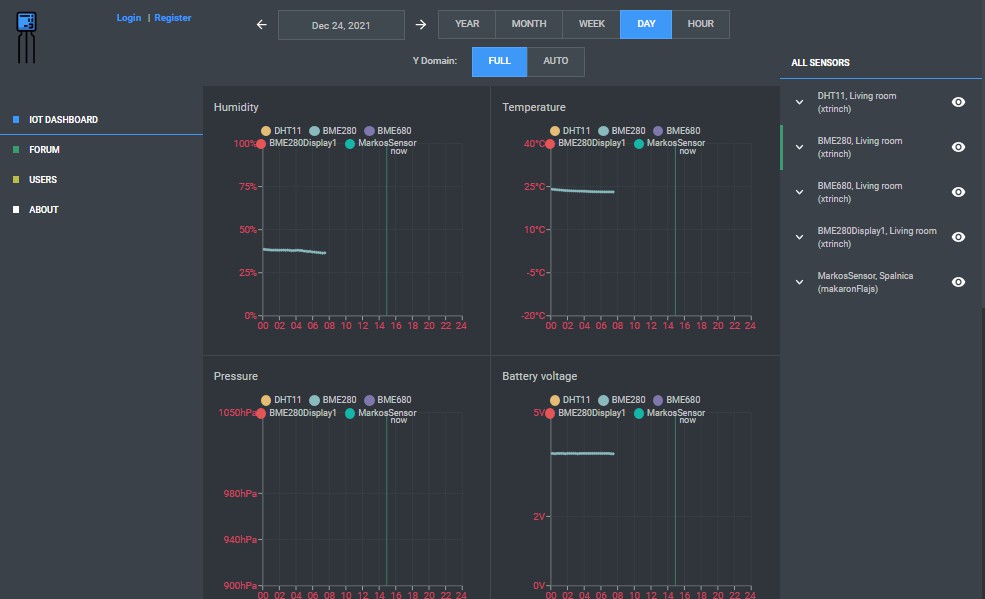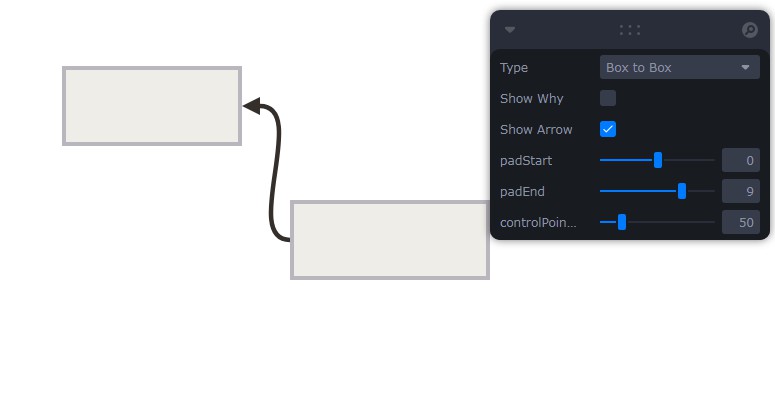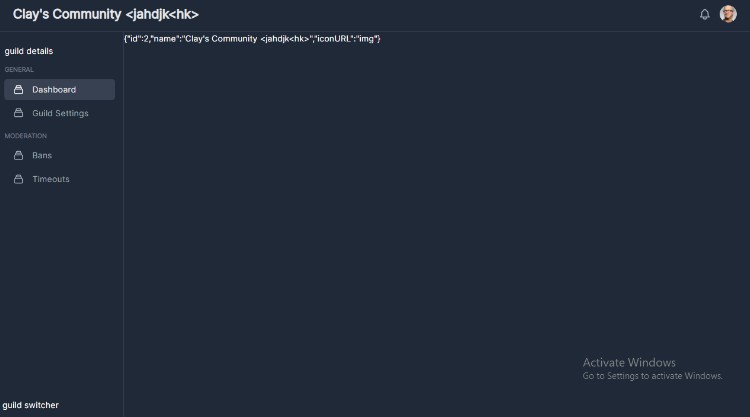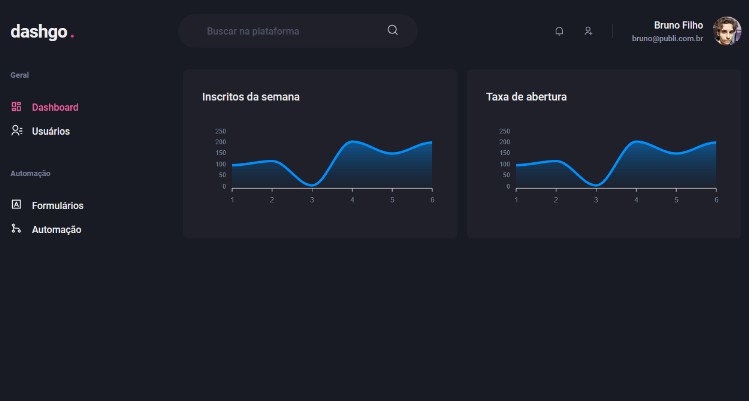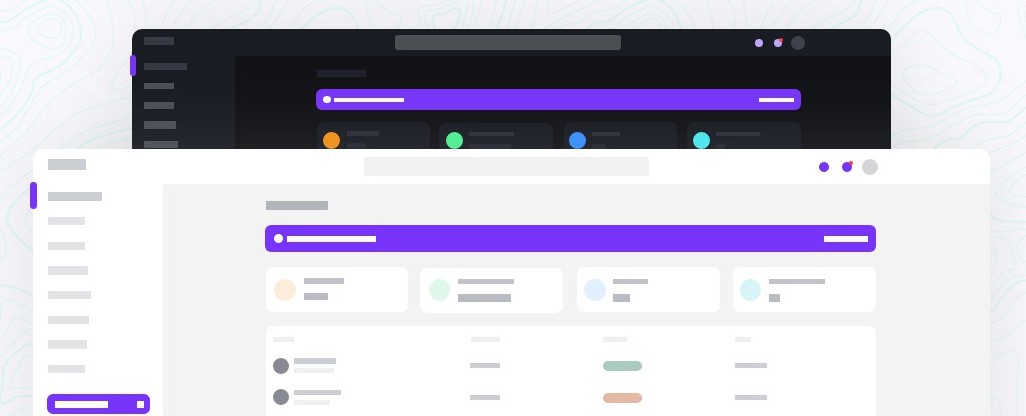Sensor dashboard backend
Description
Simple NestJS backend for a dashboard displaying graphs of environmental sensor data.
How this works? First you need to create yourself a user. Then you create a sensor entry in the database via the API with your user token, which creates the sensor authentication token (accessToken field of the sensor entry). With the sensor authentication token you program your sensor board to make api calls to import measurements. One board can have multiple sensors, so you can import multiple measurements at a time.
See also frontend and sensor board code, or see it live with some sensor data from my living room.
Installation
$ yarn install
$ cp .env.example .env
$ cp .env.test.example .env.test
Fill out database credentials in newly created .env files.
For detailed API documentation (swagger docs) see http://localhost:3000/swagger.
Endpoints
| Endpoint | Method | Auth? | Query params | Description |
|---|---|---|---|---|
/sensors |
GET | No | List all sensor boards | |
/sensors/my |
GET | Yes – User token | List all sensors for user | |
/sensors |
POST | Yes – User token | Create a sensor for user | |
/measurements |
GET | No | createdAtRange, measurementTypes, sensorIds | List all measurements |
/measurements |
POST | Yes – Sensor token | Post one measurement for a sensor board | |
/measurements/multi |
POST | Yes – Sensor token | Post multiple measurements for a sensor board | |
/measurements/display |
POST | Yes – Display token | Get latest measurements configured for a display | |
/displays/my |
GET | Yes – User token | List all displays for user | |
/displays |
POST | Yes – User token | Create a display entry | |
/forwarders/my |
GET | Yes – User token | List all forwarders for user | |
/forwarders |
POST | Yes – User token | Create a forwarder entry |
MQTT
You can also post measurement data (multiple only) via MQTT by publishing to the following topic:
/measurements/multi/${your_jwt}
Example command:
mosquitto_pub -L 'mqtts://iotfreezer.com:8883/measurements/multi/05ba4e87-e61e-4041-bbe5-35333ca4c2bc' -m '{\"measurements\":[{\"measurement\":14,\"measurementType\": \"temperature\"}]}' --cafile .\test.cer
Running the app
# development
$ yarn run start
# watch mode
$ yarn run start:dev
# production mode
$ yarn run start:prod
Migrations
Generate migrations:
$ yarn run typeorm migration:generate -n SampleMigrationName
Revert last migration:
$ yarn run typeorm migration:revert
Migrations are run automagically upon server start.
Test
# unit tests
$ yarn run test
# e2e tests
$ yarn run test:e2e
# test coverage
$ yarn run test:cov
Production setup
# spin up postgres, node and test container
$ docker-compose up -d
# backup database in production
$ docker exec -t postgres pg_dump --no-owner -U postgres sensor-dashboard > ../sensor-dashboard-database-backups/backup
Restore from dump on windows
Data only restore, migration inserts will fail but the rest should succeed.
$ pg_restore --host "localhost" --port "5433" --username "postgres" --dbname "sensor-dashboard" --verbose --schema "public" "C:\Users\xtrinch\Downloads\backup-production-21-12-2020.dump"
